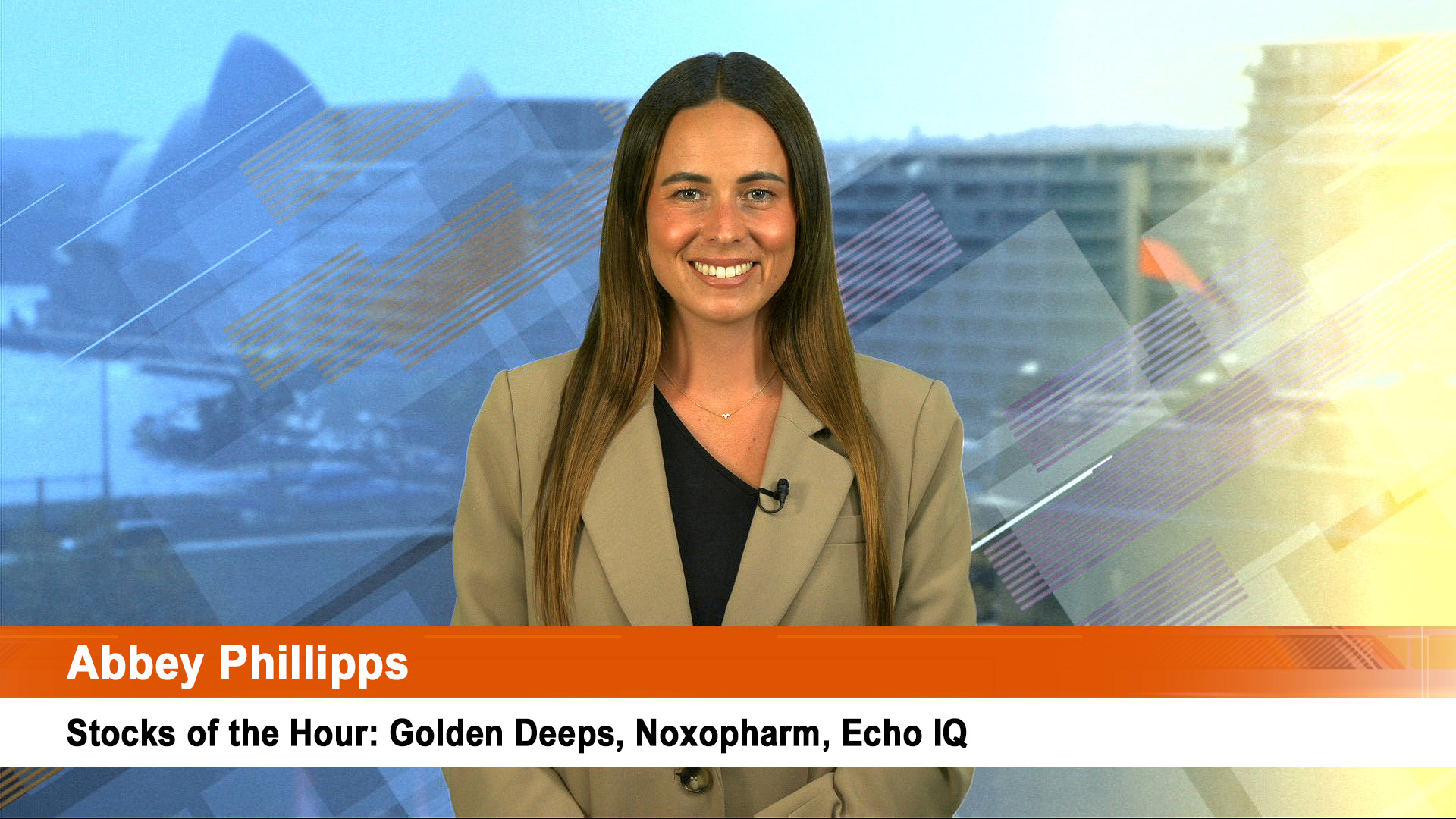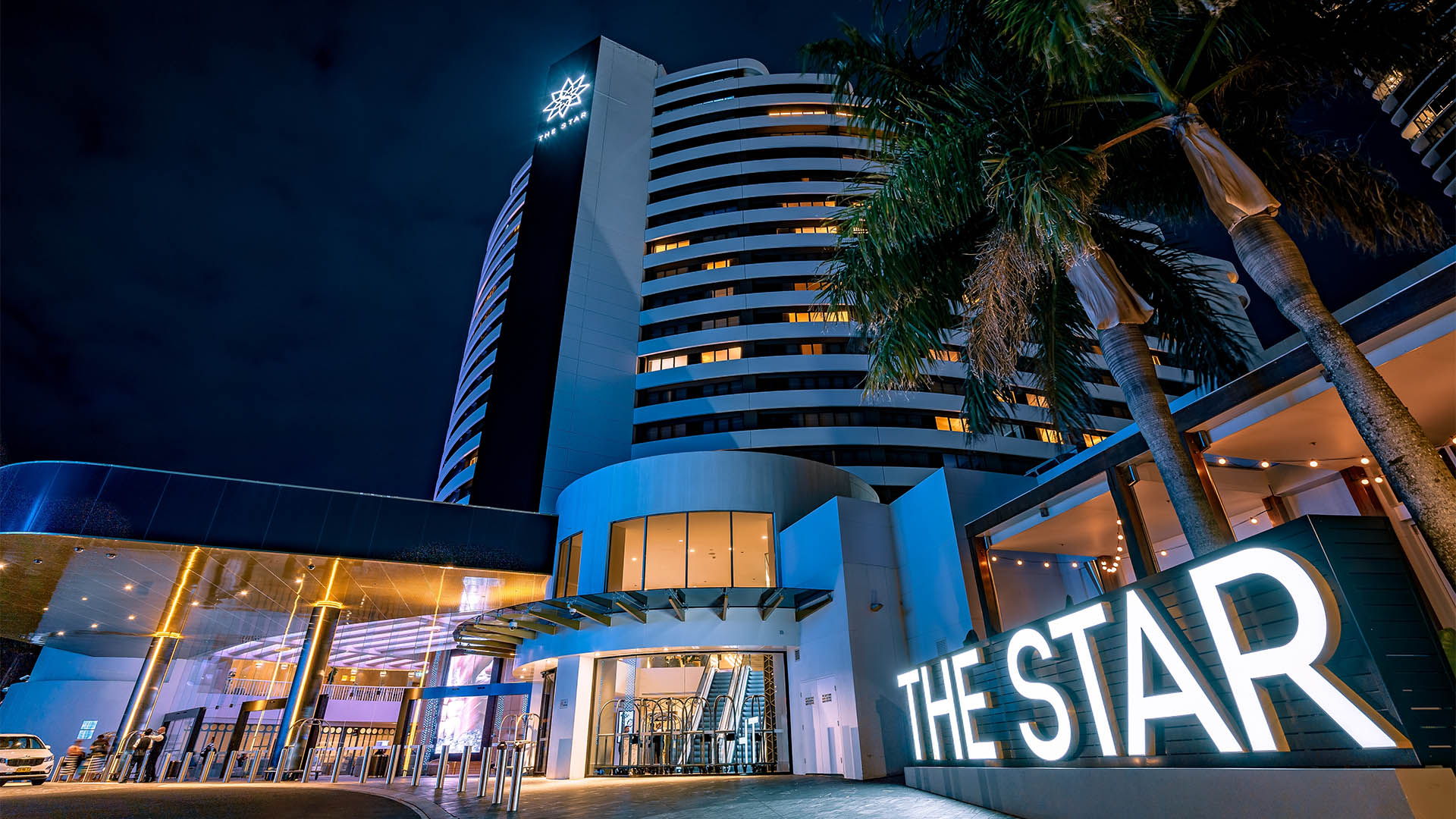Don’t expect any rate cut from the Reserve Bank after tomorrow’s first board meeting for 2014, and probably for the rest of the year.
While it is too early to be talking about a rate rise, that’s almost certainly the next move for rates – in 2015, if the economy doesn’t stumble badly, or China get crunched by a credit squeeze or worse.
Both are remote chances of happening – but you can’t rule out the Chinese credit crunch given the stories coming out of that country about shadow bank bailouts, big debt problems in local government and tight credit conditions in money market.
But putting that to one side and looking at home – there’s every chance the economy has started a slow upward turn. Yes, it’s early, yes unemployment is still a problem and yes the current half year earnings season won’t have much in the way of good news.
But there will be enough around from the likes of the Commonwealth Bank, Rio Tinto and BHP, not to mention Fortescue and a handful of other companies (property and home building) – to add to the flow of better than expected data.
Retail sales for December are out today (as are building approvals). Both will confirm the upturn that emerged strongly in the last half of 2013, continues. New home sales hit a five year high in 2013 – that was missed by the gloomy Federal Treasury which has been consistently wrong on housing investment for years.
The 14% for 2013 rise was much stronger than anyone though, according to figures from the Housing Industry Association. The 15% leap in the final quarter exceeded all predictions – Federal Treasury was left far behind.
The building approvals data later this morning for December and then the housing finance figures next week (and comments at the CBA’s interim profit briefing Wednesday week) will confirm that the record low rates set by the RBA are succeeding in boosting housing to help the economy’s transition from the mining investment boom.
The NAB surprisingly solid December business conditions survey (and reasonable confidence outcome for the same month) showed a two and a half leap in conditions.
And the ANZ said last week that demand for credit from small and large businesses is rising – as the credit data from the Reserve Bank confirmed on Friday, especially for housing where December’s rise of 0.6% was the strongest for more than three years and 5.4% rise for all of 2013 was the best for two years, and up sharply from the 4.5% in 2012.
The weak dollar – now just over 87 cents – is close enough to the 85c level that RBA Governor, Glenn Stevens, wants to see – for he and the bank’s board to be happy. It might go lower, if it does, that’s a bonus. The impact on inflation was seen in the higher than expected rise in the December quarter CPI, but that’s within the RBA’s tolerance.
Tomorrow’s board meeting will assess new GDP and inflation forecasts from the bank’s staff – and they will be released on Friday in the first Statement of Monetary Policy for the year.
But the markets aren’t worried – money market interest rates have fallen sharply in the past three weeks – the yield on the 10 year bond has fallen to around 4% from 4.38% in the first week of last month.
Those rates have followed the fall in yields for US and European bonds during the current emerging markets sell off.
There’s an element of ‘safe haven’ buying, which has stopped the Aussie dollar from falling under 85 US cents.
The Reserve Bank’s November forecast of GDP growth of about 2.5% was based on the Aussie staying steady at the 95 US cents.
Now it’s under US88c, so watch for an upgrade of GDP forecasts for later this year and 2015 – and a clearer sign from the bank that it won’t be raising rates.
The credit data on Friday shows that the pace of lending stepped up noticeably as the year went on the value of all bank loans outstanding to the private sector was up 0.5% in December, the biggest monthly rise since March 2012, while for the year it rose 3.9%.
In the last six months of 2013, credit grew 4.3%, accelerating to 4.7% in the final quarter.
And in the housing sector – lending for investor housing jumped at an annual rate of 8.8% in the past three months, against 4.8% for the final three months of 2012. Lending to owner occupiers jumped at an annual rate of 5.2% in the final quarter of last year, against 3.6% for the final quarter of 2012.
If anything, that accelerating growth in lending for all types of home purchases, is why the bank won’t cut rates again.
AMP Capital chief economist Shane Oliver said the RBA was at the end of its rate cutting cycle, and he expects a rate hike later in the year.
"Interest rates have already been cut to record lows and evidence continues to build that rate cuts are getting traction," Dr Oliver said at the weekend.
"The Australian dollar has continued to fall and inflation is running slightly higher than expected.
"Our assessment remains that the RBA would prefer to wait for the full impact of past rate cuts to flow through and is now more focussed on achieving and maintaining a lower level for the Australian dollar."
And a final encouraging point: you’ve heard about how our terms of trade have fallen sharply in the past couple of years – and they have.
But the situation isn’t as bad as the alarmists (including politicians and business economists with a barrow to push) would have you believe.
The terms of trade are still at a very high level and it looks as though the possibly steadied in the final quarter of 2013, according to the import and export data price data released last week. The import price index fell 0.6% in the quarter, while the export price index fell 0.5%.
But through the year the export price index rose 6.2%, while the import price index rose 5.2%, pointing to a small gain over the year.
Federal Treasury reckons the terms of trade will fall 5% in 2013-14 and by the same amount in 2014-15.













